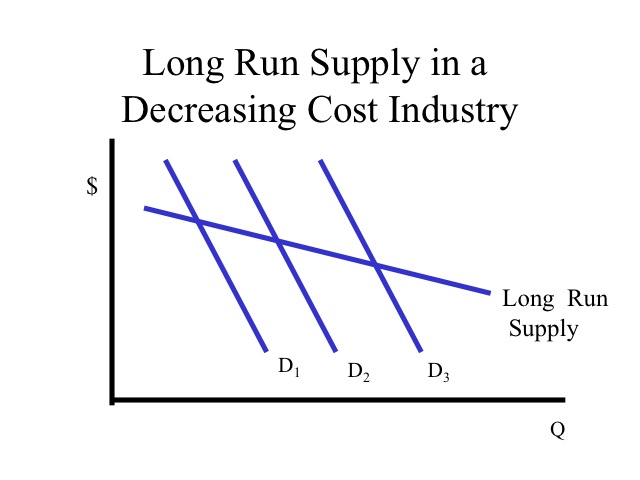(UPSC CS Economics Optional 2014) Question No. 1
I am posting here the answer for the first question. You are most welcome to correct the answer and make additions wherever necessary by commenting below. I would be answering all the question in the coming days.
Q. No 1: Examine the relationship between own and cross price elasticities for a compensated demand function. (10 marks)
Own-price elasticity or simply price elasticity – shows the percentage rise in the demand at a percentage rise in the price of the good itself.
As the demand curves generally have a negative slope the own-price elasticity turns negative too, which corresponds to a decline in the demand when the price increases.
Cross-price elasticity shows the percentage increase in demand for good i as a result of a percentage increase in the price of good j. If there is a close substitution the cross-price elasticities will be positive as a price increase of good i will make the consumers substitute towards demanding good j. If i and j are complementary goods the cross-price elasticity will be negative.
Compensated demand curve: A compensated demand curve shows the relationship between the price of a good and the quantity purchased on the assumption that other prices and utility are held constant. The curve (which is sometimes termed a “Hicksian” demand curve) therefore illustrates only substitution effects. Mathematically, the curve is a two-dimensional representation of the compensated demand function.
x= xc ( px , py, U)
Compensated own-price elasticity of demand (exc , px): This elasticity measures the proportionate
compensated change in quantity demanded in response to a proportionate change in a good’s own price
Compensated cross-price elasticity of demand (exc , px): This measures the proportionate compensated change in quantity demanded in response to a proportionate change in the price of another good.
is the required relationship.
Source: Microeconomic theory(10th Ed.), Walter Nicholson and Christopher Snyder










